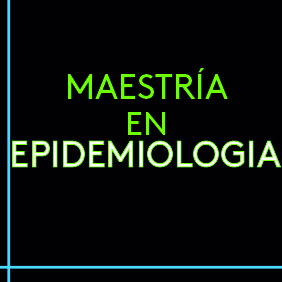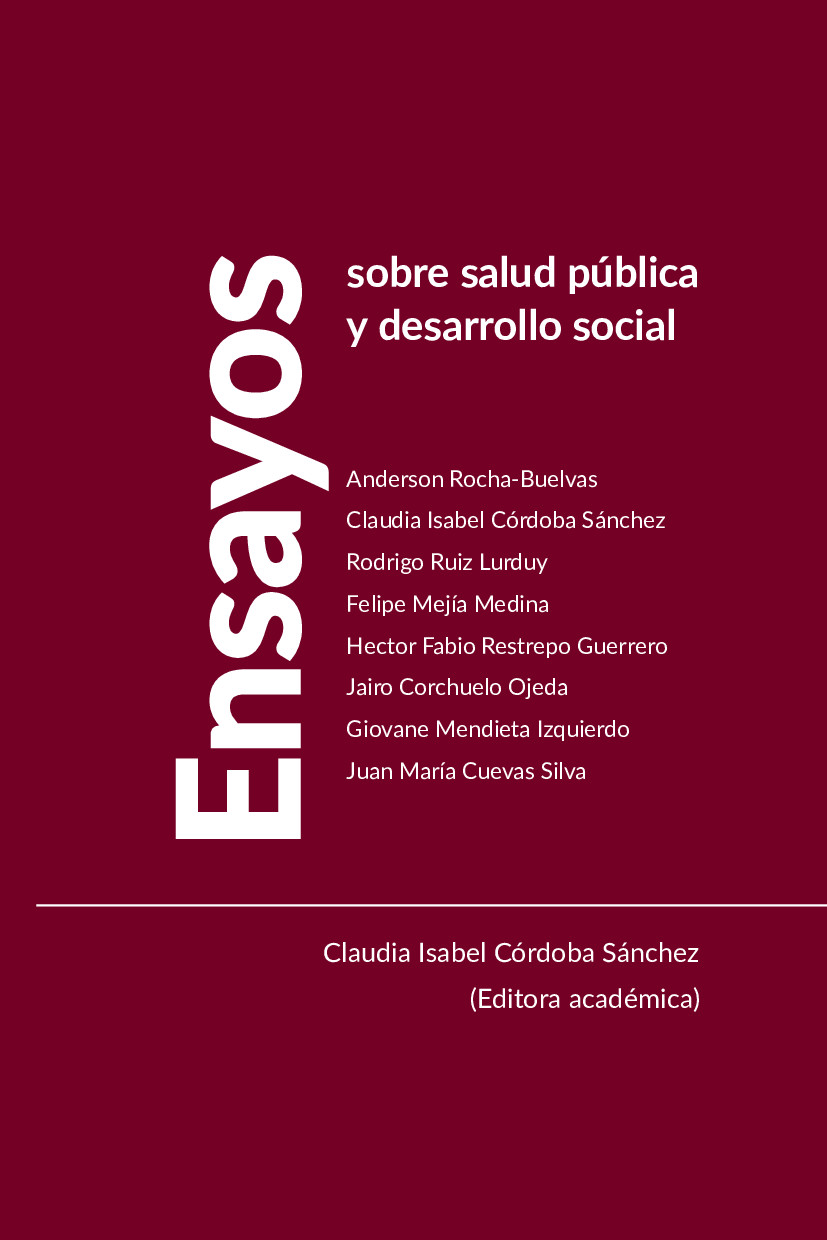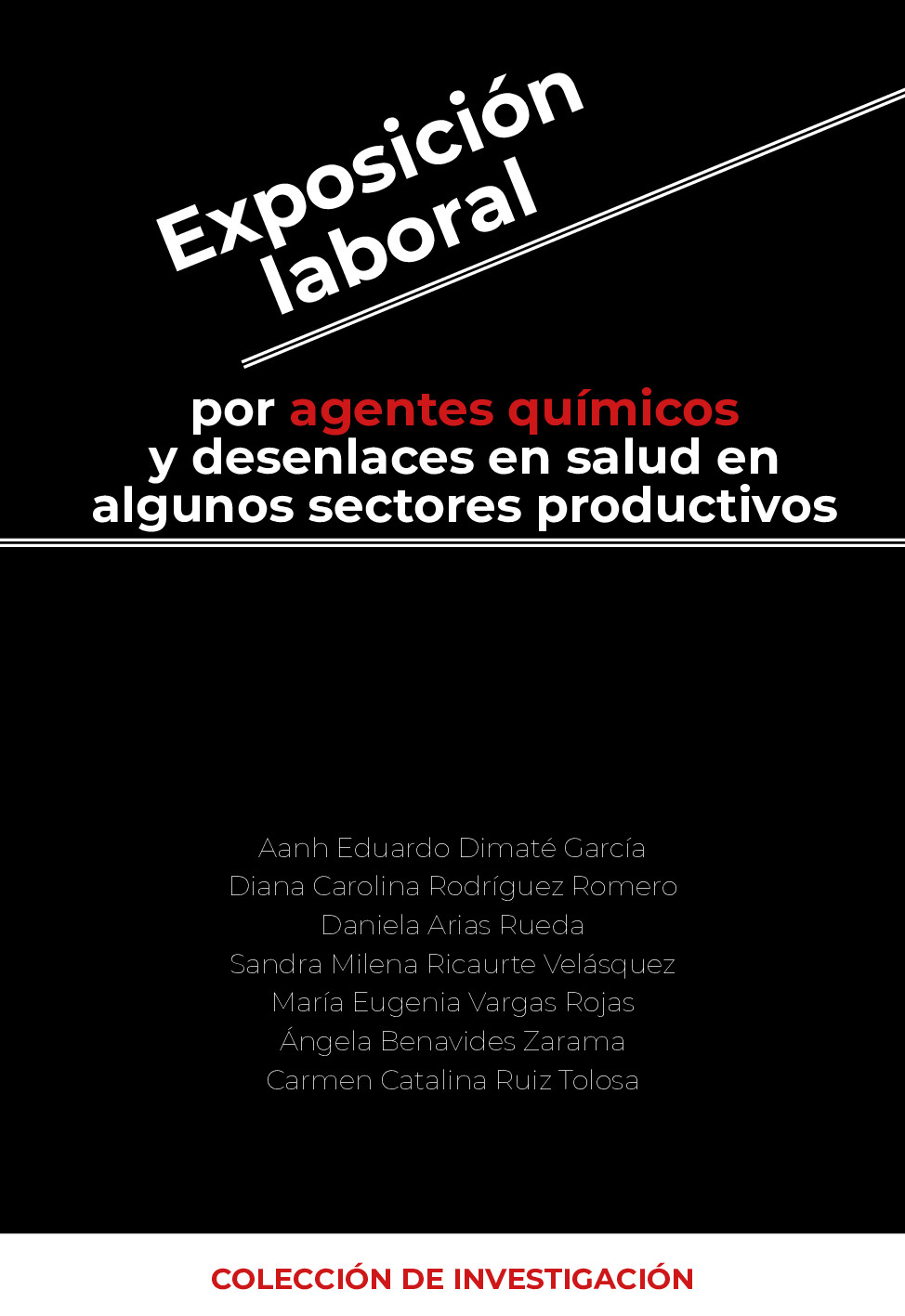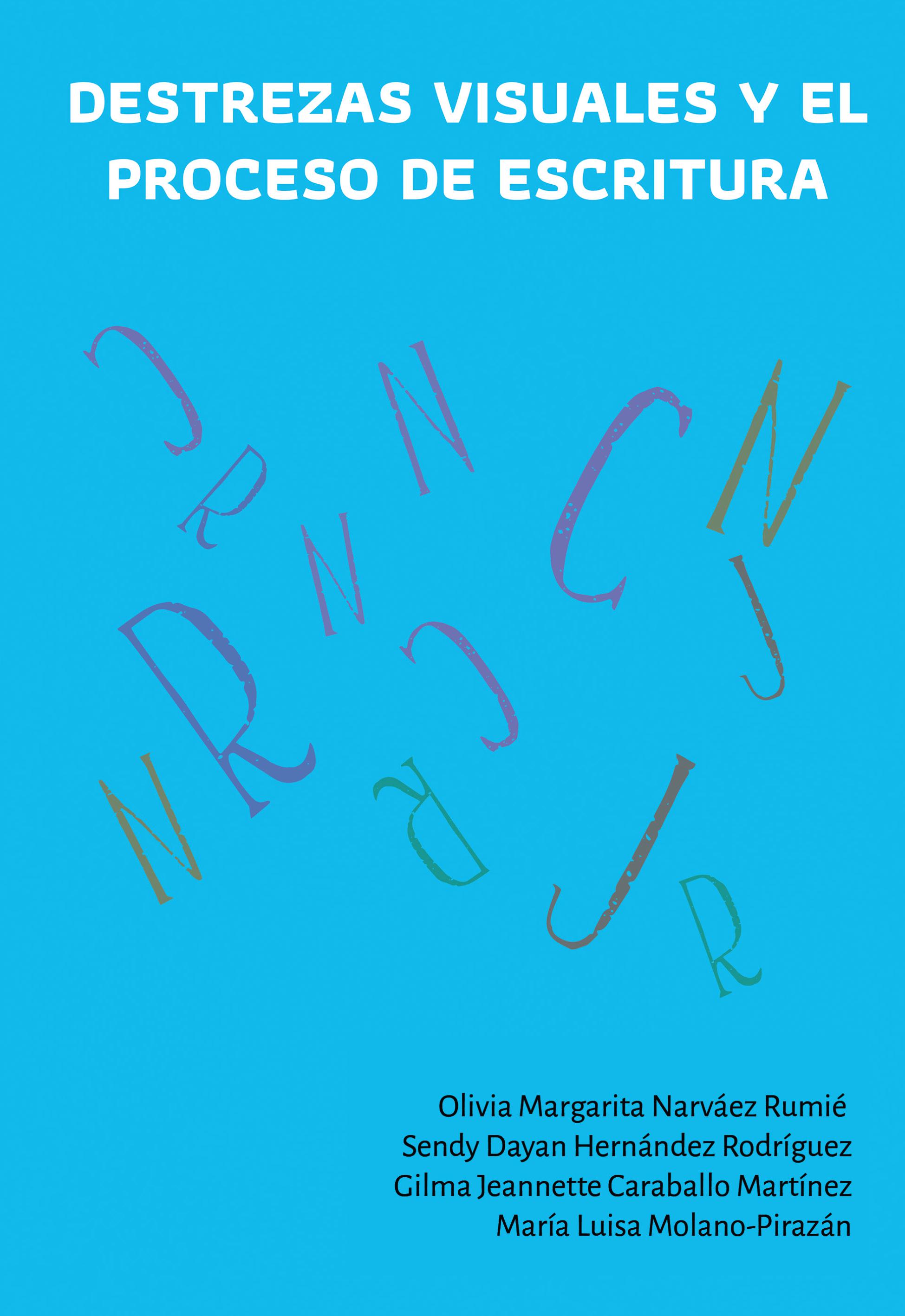Abstract
Antecedentes: la tosferina es una enfermedad respiratoria aguda de una alta transmisibilidad sobre todo en ámbitos intrafamiliares o intradomiciliarios. En febrero de 2008, fue informado un brote de tosferina con casos confirmados por nexo epidemiológico, algunos de los cuales no presentaban vacunación certificada y se carecía de claridad sobre sus características clínico-epidemiológicas para determinar el comportamiento de la enfermedad. Materiales y Métodos: estudio descriptivo de corte transversal. Se estableció la definición de caso confirmado por laboratorio y confirmado por nexo epidemiológico; además, se realizó búsqueda activa comunitaria e institucional, barrido de vacunación y monitoreo rápido de coberturas de vacunación y establecimiento de medidas quimio-profilácticas. Resultados: se confirmó un caso por laboratorio y 4 por nexo epidemiológico. Período de incubación =16,2 días; tasa de ataque total para las dos viviendas implicadas 33% (5/15). De las 52 casas visitadas, 42 fueron efectivas, no se presentó ausentismo de niños en las instituciones visitadas y se evidenció 100% de cobertura para DPT. De 24170 registros revisados, 3227 tenían diagnóstico compatible, 17 fueron clasificados como probables de tosferina, 7 investigados. Conclusiones: existen dificultades en la captación de casos de tosferina, subnotificación al SIVIGILA y dificultades en el diagnóstico por laboratorio para el aislamiento de la bacteria; se hace necesario reforzar la vigilancia del evento por parte de todas instituciones de salud y fortalecer la capacidad del laboratorio de salud pública.
Abstract
Antecedents: whooping cough is an acute respiratory disease that is highly contagious, particularly within confined areas such as family units or shared domestic spaces. In February 2008 an outbreak of whooping cough was reported and cases of the respiratory illness corroborated by epidemiological analysis. Of these cases a certain number had not received a certified vaccine, in addition to which they lacked the sufficient clinical and epidemiological detail to determine the nature of the illness. Methods: a field study of a cross section of the population was undertaken. The nature of the case was confirmed in the laboratory and by epidemiological analysis. At the same time an eradication plan was implemented at an institutional and national level, a policy of mass vaccination was instigated and a process for onitoring the coverage of the vaccinations across the population was rapidly introduced. Chemical prophylactic antidotes were also introduced. Results: one case was confirmed by the laboratory and 4 by epidemiological analysis. The incubation period was established at =16.2 days; the total households affected was 33% (5/15). Of the 52 houses visited 42 were declared safe, there was no sign of child absenteeism in the institutions visited and 100% coverage was recorded across the state. Of the 24170 cases that were registered and attended to, 3227 had compatible diagnoses, 17 were marked as likely cases of whooping cough and 7 were followed up in investigation. Conclusions: there are difficulties in detecting cases of whooping cough and not enough incidents are reported to SIVIGILA, laboratory diagnosis, which could isolate the bacteria is problematic. It is indispensable that all health institutions raise awareness of the condition and that the resources of the public health laboratories
be improved.
Keywords: whooping cough, family unit, shared domestic spaces, epidemiological analysis, chemical prophylactics.
Licence
Authors should declare no conflicts of interest either for reasons of financing the project which is the result of the article; as well as intellectuals, academics, moral and investigative reasons.
The Journal of Andean Research is home to the ethical rules for publications issued by the COPE: http://publicationethics.org/resources/code-conduct

 PDF (Español (España))
PDF (Español (España))
 FLIP
FLIP

















